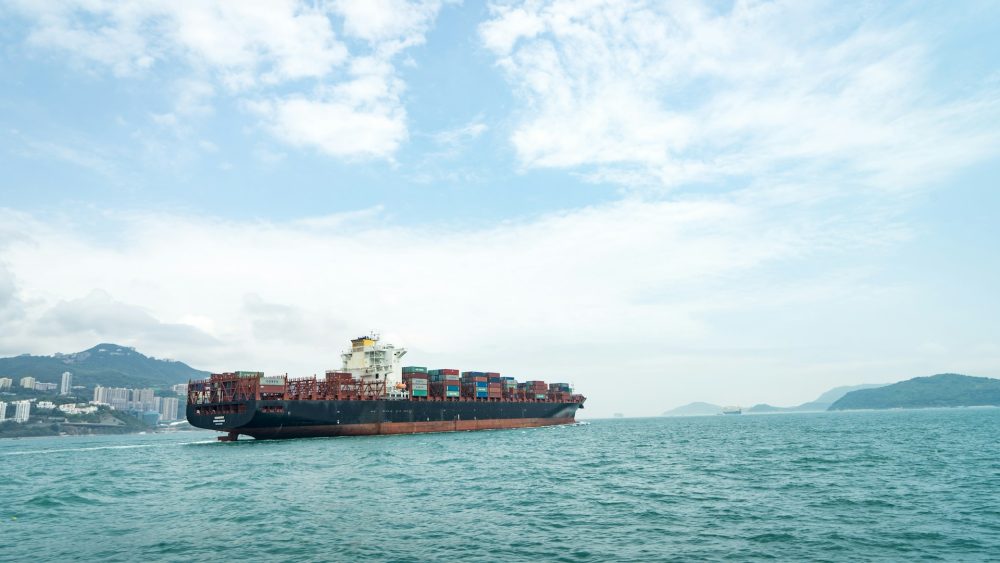1. Introduction
The weight-carrying capacity of cargo ships is a pivotal aspect of maritime transport. Understanding how much cargo a vessel can carry involves delving into the concept of displacement.
2. Understanding Vessel Displacement
Lightweight
The lightweight of a vessel comprises its inherent weight, encompassing structural elements, systems, machinery, and various equipment. It represents the vessel’s weight in a lightship condition.
Deadweight
Deadweight refers to the weight a vessel can carry, including cargo, consumables, fuel, freshwater, ballast, and more. Understanding this is crucial for evaluating a vessel’s true capacity.
3. Size Denotation of Vessels
When it comes to denoting the size of vessels, passenger ships are often identified by passenger capacity, while cargo ships have their own metrics.
Deadweight Tonnage
Deadweight tonnage (DWT) is a standard measure for cargo ships. It signifies the maximum weight a vessel can carry, providing a clear metric for evaluation.
4. Standardized Measures Recap
Recapping other standardized measures like Gross Tonnage (GT) and Net Tonnage (NT) helps in comprehending the intricate details of a vessel’s capacity.
Gross Tonnage (GT)
GT is based on the total usable internal space of a vessel, providing insights into its overall size and internal volume.
Net Tonnage (NT)
NT is commercially focused, considering the revenue-generating space within GT, particularly relevant for passenger ships and cargo areas.
5. Cargo Ship Types
Understanding different types of cargo ships sheds light on the diverse metrics used for their classification.
Bulk Carriers
Bulk carriers, designed for dry cargo transport, are often denoted by their deadweight tonnage (DWT). The Pacific Flourish, the largest bulk carrier, showcases the vast range in capacities.
General-Purpose Carriers
This broader category can carry various dry cargoes, extending beyond the limitations of specialized carriers.
Sub-types
Specialized carriers like ore, coal, and timber carriers adhere to the DWT metric, emphasizing their cargo-specific nature.
Tankers
Tankers, transporting liquid cargo, follow a similar deadweight tonnage metric. Crude oil carriers, gas carriers, and chemical tankers fall under this category.
Containerships
Containerships, a prevalent cargo vessel type, focus on TEU units. Understanding TEUs simplifies evaluating the vessel’s capacity in terms of standard-size containers.
TEU Units
TEU units, representing container capacity, provide a standardized metric for containerships. For example, a 10,000 TEU containership can carry 10,000 1-TEU containers.
Ro-Ro and Ro-Pax Vessels
These vessels, specializing in wheeled cargo and combined passenger-vehicle transport, have unique metrics like lane meters and passenger capacity.
In conclusion, the cargo capacity of a ship is a multifaceted aspect, encompassing various metrics depending on the vessel’s type and purpose. Understanding these metrics is crucial for efficient maritime operations.
Conclusion
In the vast ocean of maritime logistics, comprehending a cargo ship’s capacity is akin to decoding its language. From deadweight tonnage to TEU units, each metric unveils a piece of the ship’s cargo-carrying puzzle. Whether it’s bulk carriers, tankers, containerships, or specialized vessels like Ro-Ro and Ro-Pax, the metrics provide clarity in the world of maritime commerce.





